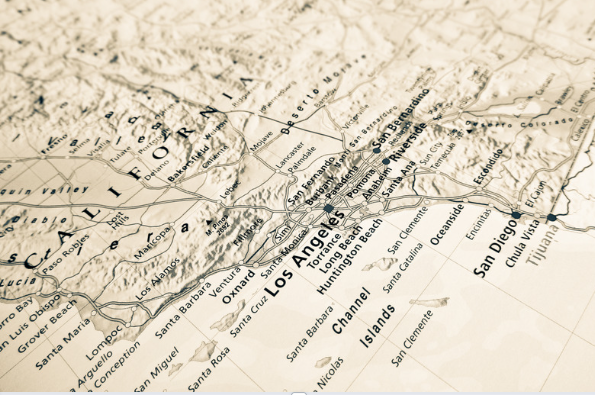Los Angeles Experiences Second Lowest Dry Spell in Its History Amid Rising Drought Concerns
Category: Southern California News
Los Angeles is confronting one of the lowest dry periods in its documented history, as statistics from the National Weather Service validate that the metropolitan area received merely 0.16 inches of precipitation between May 6 and December 31, 2024. This signifies the second lowest dry duration ever recorded in the region, notwithstanding a historically wet commencement to the year.
The prolonged dry phase has exacerbated drought situations throughout Southern California, intensifying worries about water shortage and wildfire hazards. Local reservoirs, which experienced considerable replenishment earlier this year, are now beginning to exhibit signs of stress as the demand for water continues amidst the ongoing absence of rainfall.
“Southern California has always encountered difficulties with water availability, but this year’s dry season has been exceptionally harsh,” remarked a meteorologist from the National Weather Service. “The extended timeframe without substantial precipitation underscores the region’s susceptibility to drought.”
The dry conditions have also heightened the threat of wildfires, with arid vegetation acting as fuel for possible conflagrations. Fire officials are urging residents to take preemptive actions to reduce fire hazards, such as clearing brush around residences and steering clear of activities that could accidentally ignite a fire.
In reaction to the deteriorating drought, local water authorities are actively promoting conservation initiatives. Residents are urged to curtail water usage by limiting outdoor irrigation, swiftly repairing leaks, and utilizing water-efficient devices. Numerous municipalities have established stricter water usage regulations, including penalties for non-compliance, as a component of their drought response strategies.
“Every drop matters, particularly during times like this,” stated a representative for the Los Angeles Department of Water and Power. “We require everyone to contribute to preserving our water resources and preparing for the likelihood that these dry conditions could extend into the forthcoming year.”
The absence of rainfall serves as a stark reminder of Southern California’s dependence on water sourced from other regions of the state, including the Sierra Nevada snowpack and the Colorado River. With climate change leading to more frequent and extended dry spells, officials are stressing the importance of developing long-term strategies to ensure water sustainability.
As Los Angeles concludes 2024 with one of its driest years on record, experts are advising communities to stay alert, conserve water, and brace for the challenges that may arise in the upcoming year.

